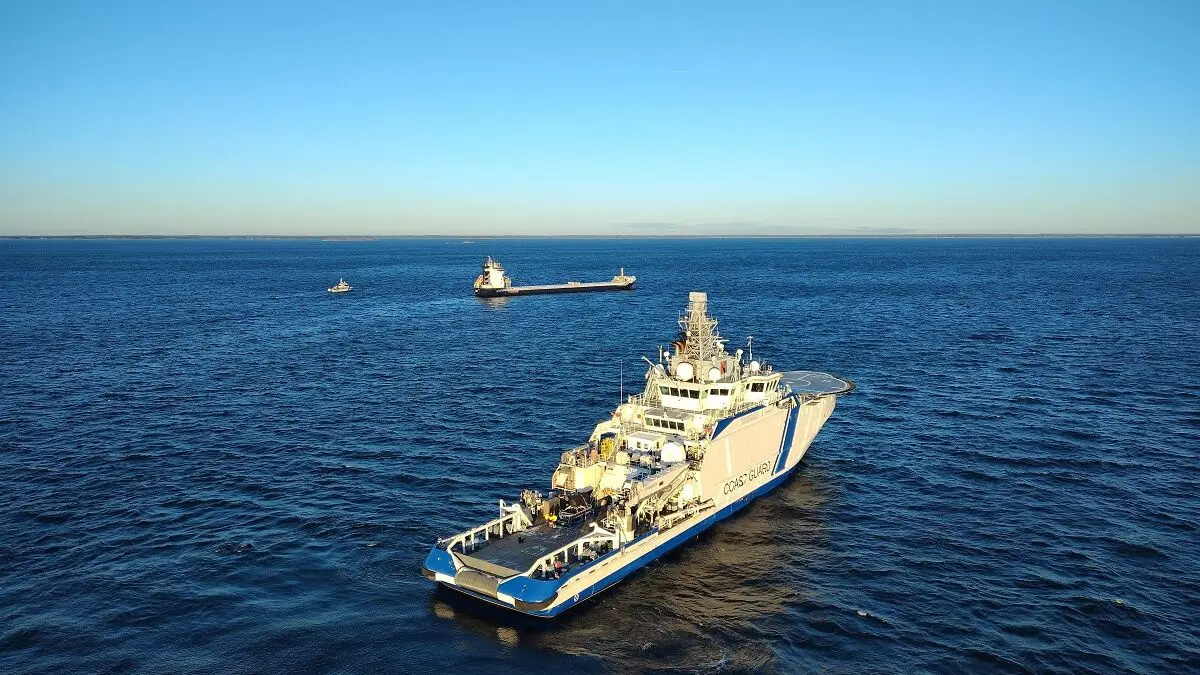There is currently an overcapacity in the battery market, according to Hampus Engellau. But for battery manufacturer Northvolt, the parallel factory constructions can also have created problems.
The factors have probably interacted. But for Northvolt, it's probably more about planning to build capacity and investing in new factories in several different locations at the same time, he says.
It has become too much to handle.
Tougher competition
Besides Northvolt's first so-called gigafactory in Skellefteå, the company is building a battery factory together with Volvo Cars in Torslanda, Gothenburg. There is also activity or planned activity at several other locations, both in Sweden and abroad.
Several factors – including tougher emission regulations – are driving the development.
For the time being, electric car sales have weakened in Europe, and several major customers – such as Volkswagen and BMW – have encountered tougher competition in China, notes Engellau.
When they have generally weaker demand, car manufacturers have started to waver and have difficulty seeing how it will look like in the coming years, he says.
Lack of skills?
At the same time, he continues, the slowdown in the market is probably only temporary. This makes it difficult to scale up in the future.
It's a difficult situation generally for car manufacturers and also for Northvolt. This is competent personnel being laid off, while knowing that when demand takes off again, it will be difficult to find competent personnel, says Engellau.
Magnus Henrekson, professor of economics at the Research Institute of Industrial Economics, believes that the public should get answers on how Northvolt will continue to be financed.
They have no revenue, so it must be financed by credits. Does it mean that the banks have given them a reprieve so that they can continue to loan-finance their salary costs?, says Henrekson, and continues:
The local community needs to get answers on how much credit has been granted and how much time they have.
The future of Northvolt stands and falls with whether the banks are willing to keep the business alive in the hope that it will be able to take off, he says further.
Production is almost negligible compared to what it should be, just a few percent, so it's incredibly far away.





